By Liliam Olivera
Early childhood refers to the second phase of the child. That is, from three years to six years. Unlike the first phase, the child has started to develop his brain and habits.
Developments are found in four different areas: The first is the cognitive area. At this stage the child gains the ability to attribute unique intentions, beliefs, and motivations to others.
The second is the area of language. The child improves control in the use of language itself. They rely on it for full communication. The third area is the social-emotional. This is where social relations are improved, although it also allows the lie to be more useful and effective as a resource.
The child enjoys the company of other children with whom he grows up and learns to share games and achievements naturally. They accept agreements and intermediate solutions when there are conflicts between equals.
The area of the motor is the final area, where they dominate sphincter control and acquire more independence of movement.
The Cognitive Area
The cognitive area in early childhood is where a child develops a sense of curiosity. This primary desire and interest cause them to explore everything around them. At this time, they will build their knowledge, study and detail, and propose relationships and ranks.
This can be found through imaginary play, where the child manages to appropriate the reality of his environment, taking elements in order to
represent a mental image. The repetition of activities and sequences can help a child learn and develop their cognitive area, by obtaining temporal and spatial knowledge. Sphincter control begins during this time.
As educators, it is our job to watch the growth of children. These areas include: the motor area, the language area, the social-emotional area, and the cognitive area. Every day we work to create a safer environment for children.
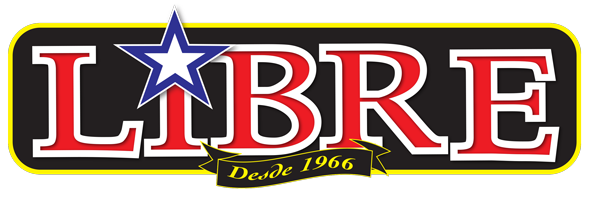


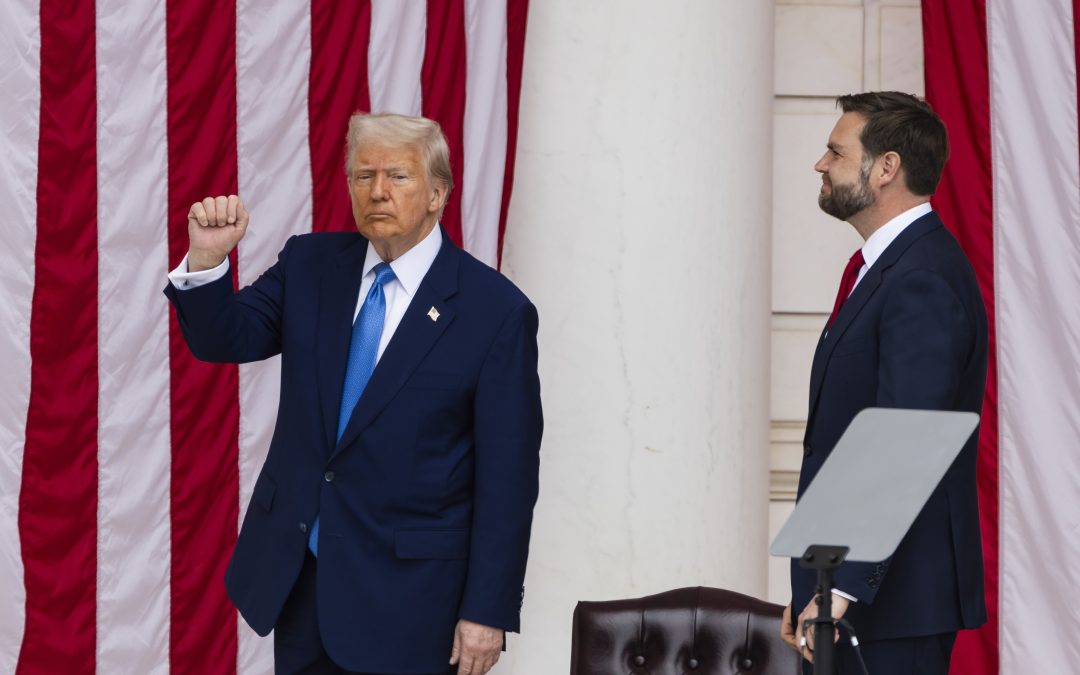
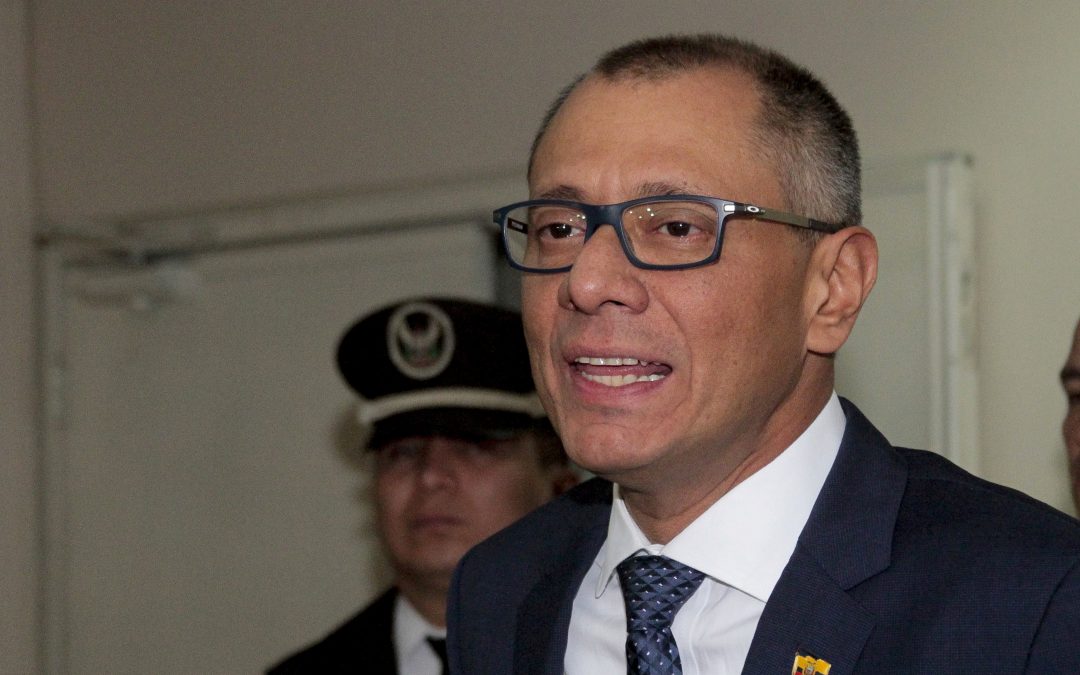


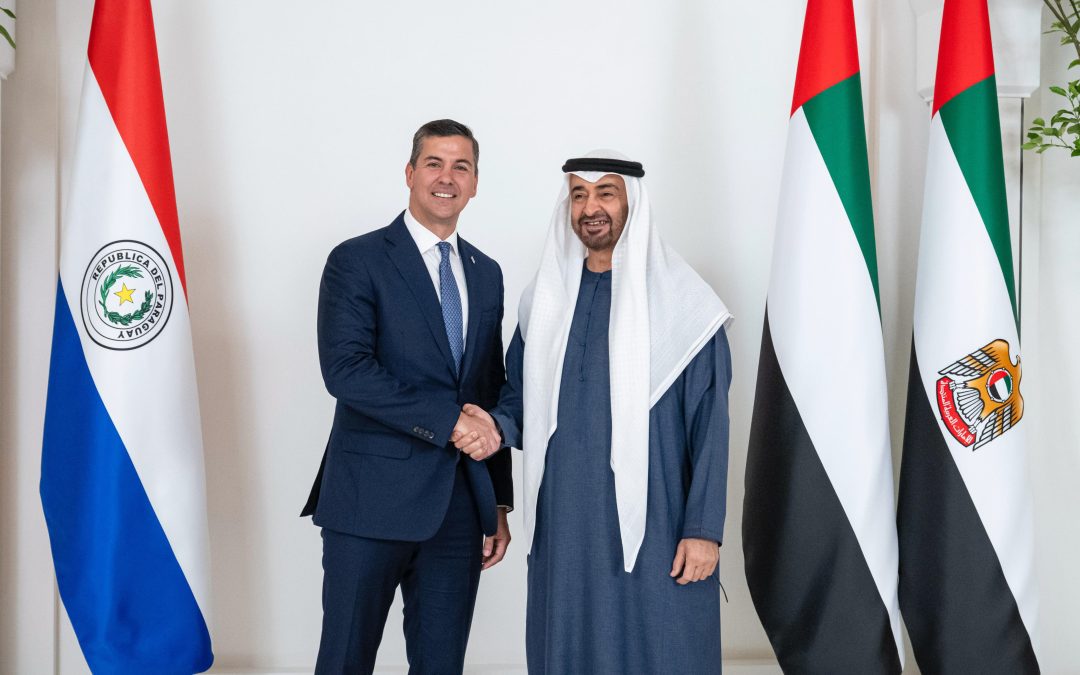
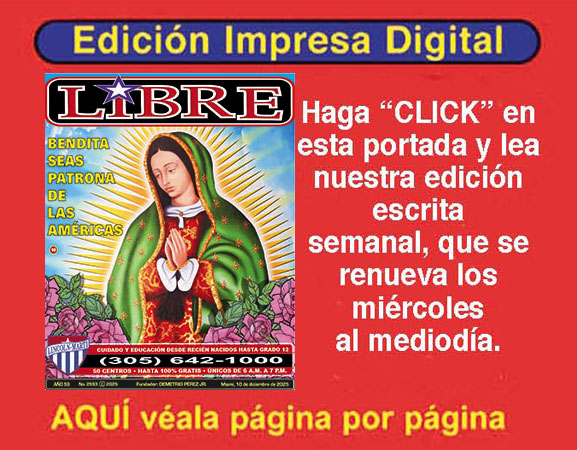




0 comentarios